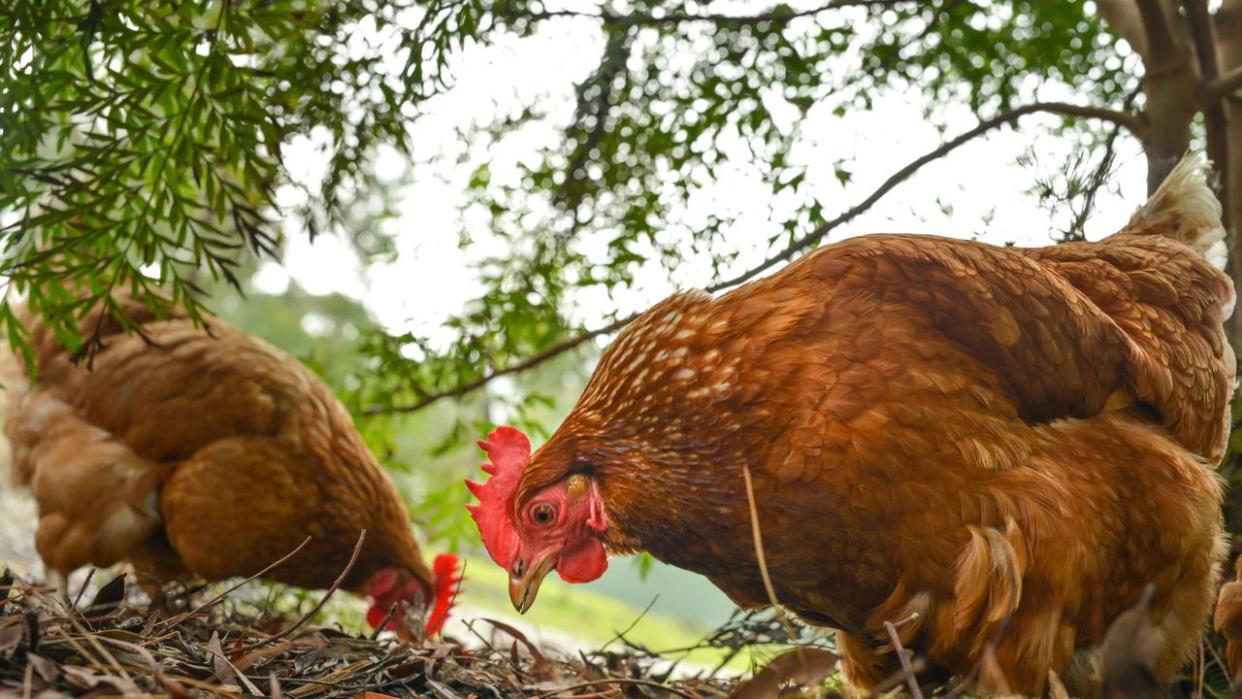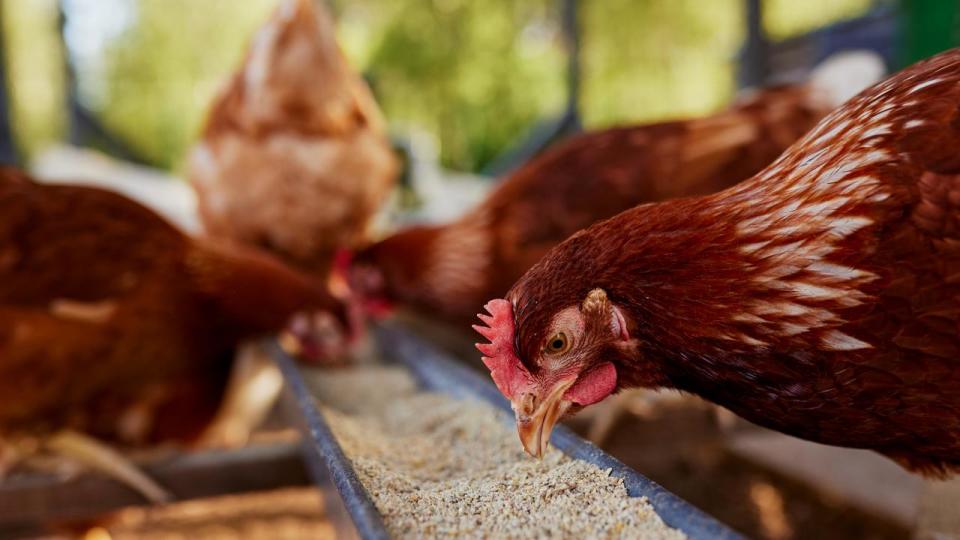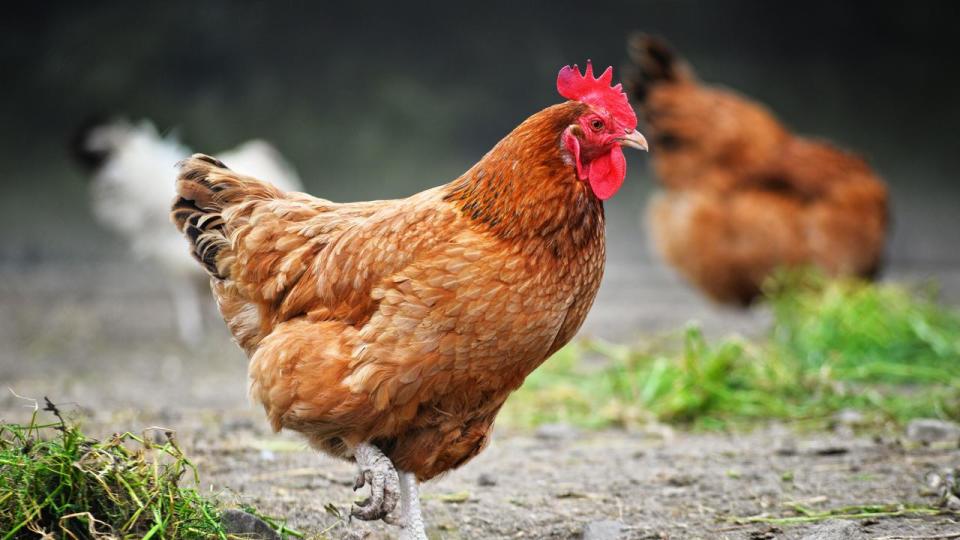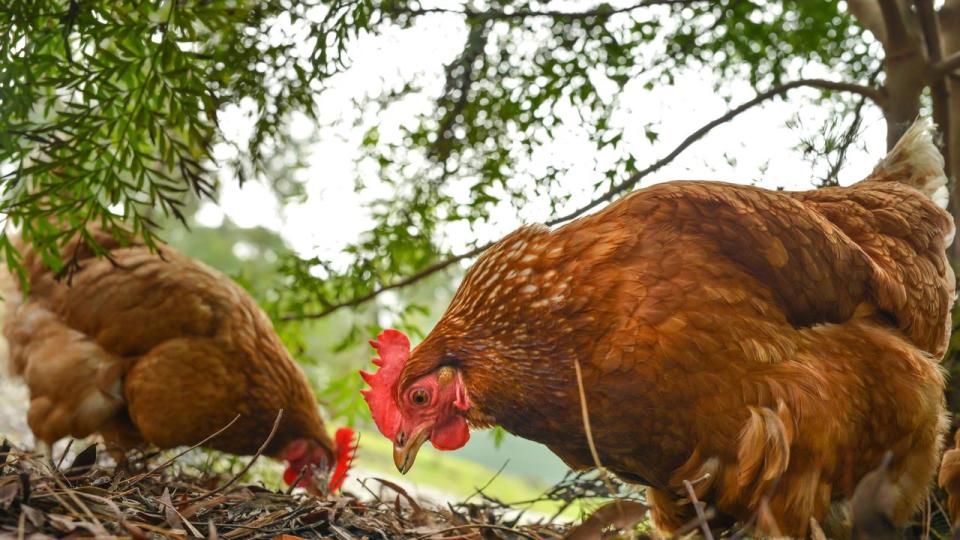Bird flu found in backyard chickens

Chickens at a home in the ACT have tested positive to bird flu, making it the second property were the virus has been detected in the nation’s capital.
The chickens were located at a home within a quarantine area that was established after the virus was first detected at a commercial egg farm on June 27.
Environment, Parks and Land Management Minister Rebecca Vassarotti thanked the residents at the property who acted quickly to take action and prevent the spread of the virus among the bird population.
“While disappointing to have a second case, it is not unexpected,” she said.
“Like jurisdictions across the country, this is unfortunately the reality of such a highly transmittable virus.

“Avian influenza is very easily transmitted by moving sick birds from property to property, as well as from contaminated boots, equipment and vehicles if proper biosecurity measures aren’t in place.
“Wild birds may also be carriers of the virus.”
Last Thursday, the ACT Government set up a quarantine area to restrict any movement in a 10km radius around the infected property that was initially detected.
The site was traced from an infected property in NSW, which saw the territory government commence a surveillance program in the area.
The ACT-based commercial egg farm was locked down, with products, eggs and machinery barred from leaving the premises.
Hens on the site were also euthanised.

Ms Vassarotti said bird owners living within the quarantine area should familiarise themselves with the restrictions in place to keep their birds safe.
“Practical steps include avoiding contact between your birds and wild birds, washing your hands after touching your birds, keeping a blanket or cover over your chicken coop, keeping your chicken coop or aviary clean, and removing bird feed and other items that may entice wild birds to your yard,” she said.
“Biosecurity is everyone’s responsibility. By taking small actions, we can help protect both our pet birds and native wildlife.”
NSW’s avian influenza (HPAI) H7N8 has been confirmed in two farms after it was originally detected at a Greater Sydney poultry egg farm on June 19.
To date, 327,000 birds either have been, or will be, culled as a result of the two NSW-based outbreaks.
In Victoria, the highly contagious virus has been confirmed at eight poultry farms that have been hit by two separate strains of HPAI – the H7N3 and H7N9.
The outbreak has prompted Coles to implement a two-carton buying limit on eggs for all states and territories expect for Western Australia.
The South Australian government has also implemented a ban on live poultry and fertile movements from high-risk Victorian properties.

Ms Vassarotti said the ACT has regularly been engaging with industry on good biosecurity practices to decrease the risks of an outbreak of avian influenza in the ACT.
“We also remain strongly engaged in national biosecurity arrangements to respond to and contain the outbreak of avian influenza in poultry facilities in NSW and Victoria, as well as the ACT,” she said.
“I want to reassure all Canberrans that avian influenza rarely affects humans.
“Avian influenza is not a food safety concern. It is safe to continue eating poultry meat, eggs and egg products as long as they are properly handled and cooked.
“ACT Health is developing health information and advice for anyone concerned about potential contact. This will be shared with the community, clinicians and any close contacts that may be identified.”


